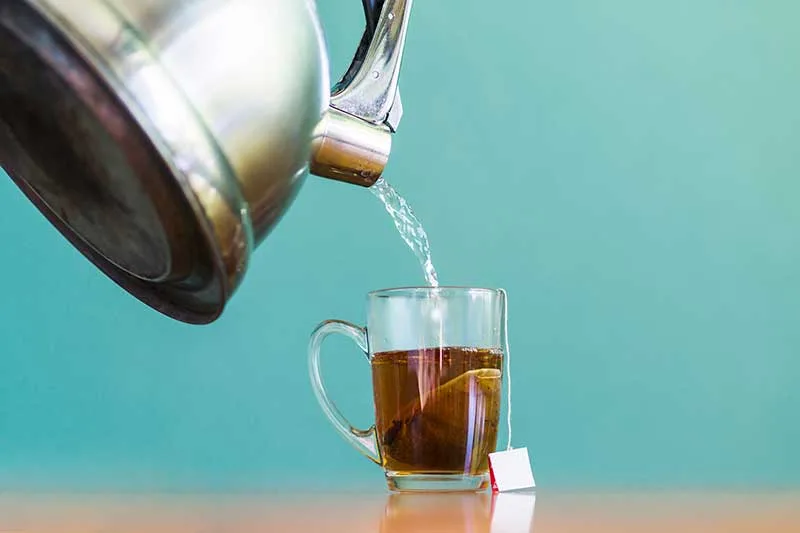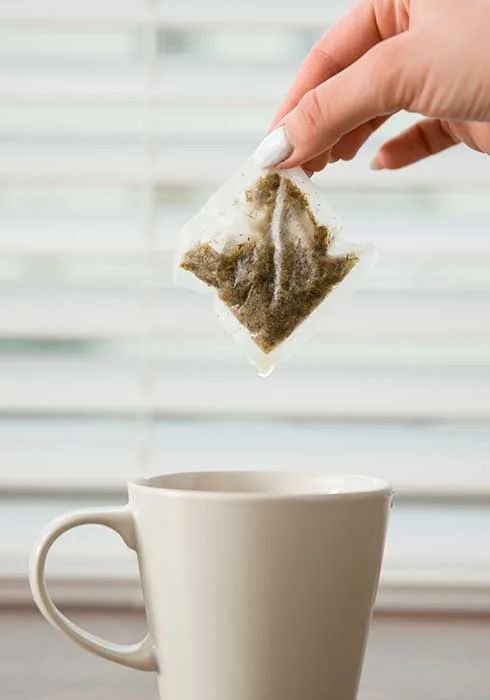Are Teabags Unhealthy? It’s More Complicated Than That!
Teabags are one of the most popular ways to brew a cup of tea in the world. They offer two important features that many of us appreciate in today’s world: speed and ease of brewing. But recently, new research has drawn attention to the potential dangers of teabags, which may stem from the materials used to manufacture the bags. We may think that a typical teabag is the same everywhere, but they are made of plastic or composite materials in many different shapes. Therefore, they can introduce very small particles called microplastics into the drink, posing many potential risks. These microscopic particles may have adverse health effects when they enter the body.
In this article, I analysed five reputable scientific sources to examine the risks and facts behind this issue. I discussed how to choose safer teabags so you can enjoy drinking a quick cup of tea without worrying about their adverse health effects.
Review of five scientific studies

Let’s take a look at 5 important scientific studies on the health effects of tea bags. These research articles are fairly recent and have studied all aspects of using teabags in brewing teas. First, I briefly summarize each research and then move to my personal analysis.
#1 McGill University Study in Canada
A 2019 study from McGill University in Canada found that a single plastic teabag can release more than 11 billion microplastics and 3 billion nanoplastics into a cup of tea. These tiny particles can remain in the body for a long time, which over time have adverse effects on our health.
#2 Autonomous University of Barcelona
The study conducted by a team from the Autonomous University of Barcelona shows that teabags made of polypropylene, cellulose, or nylon-6 release billions of microplastic and nanoplastic particles into the water when placed in hot water.
For example, polypropylene releases about 1.2 billion particles per milliliter, cellulose 135 million, and nylon-6 about 8 million particles. What is remarkable is that these particles are absorbed by intestinal cells and even have the ability to enter the nucleus of cells, which can lead to genetic damage.
#3 South China Morning Post reports
Another report from the South China Morning Post states that microplastics enter the body’s cells and even make their way into the cell’s nucleus. Such deep penetration into cells poses serious and unknown health risks.
#4 FoodTimes Report
A news report from FoodTimes addresses the health risks associated with these particles, warning that they can cause immune disorders, fertility problems, and resistance to certain drugs, and ultimately lead to cancer.
#5 OneDayMD Study
And finally, the OneDayMD study shows that rough-surfaced tea bags are more prone to releasing plastic particles, with polypropylene and cellulose posing a greater risk than nylon. This information comes in handy when we want to choose safer teabags.
My Thoughts
Putting together the results of these 5 studies, it is very clear that plastic teabags can be a major source of microplastics and nanoplastics entering our bodies, which is very dangerous. These particles enter the bloodstream and find their way into the nucleus of cells, where our DNA is located. The entry of these particles may lead to hormonal disruptions, genetic damage, and immune system problems.

However, the known benefits of tea cannot be ignored. Antioxidants, calming properties, aiding digestion, and preventing some diseases are also among the main benefits of tea. So the best thing to do is to switch to healthier, safer options instead of using plastic teabags.
Safer Alternatives
When we hear teabags, we don’t always think of plastic and harmful particles. Some tea bags are made from materials that are not only safe, but also environmentally friendly. These materials may include:
- Plastic-free paper
- Organic cotton
- Hemp
- PLA (Polylactic acid) fibers
These are made from natural compounds and sources, like corn, and do not release plastic particles when brewing a cup of tea.
Recommended Teabag Brands
Reputable brands that move towards plastic-free bags include:
- Pukka Herbs, whose bags are 100% plastic-free and sewn with organic cotton thread.
- Clipper, which uses plant-based materials without plastic coating.
- Numi Organic Tea, whose bags are fully compostable and made from environmentally friendly materials.
- Hampstead Tea, which replaced paper with plastic-free ones.
Although the price of these brands may be higher, the investment in health and quality of the drink is worth the extra cost.
Conclusion
Ultimately, tea bags are not bad in themselves, but tea bags that contain plastic or similar compounds can introduce billions of microplastic particles into the drink and into our bodies. These particles are easily absorbed by the body and cause problems such as inflammation, hormonal disruption, and cell damage. However, the benefits of tea as a healthy and soothing drink remain. The best solution is to choose bags made of paper, cotton, or biodegradable materials instead of plastic bags. Brands such as Pukka, Clipper, and Numi that offer plastic-free bags are good options that may be more expensive, but are an investment in our health. In short, choosing tea bags wisely is both enjoyable and minimally harmful to your health.
